-
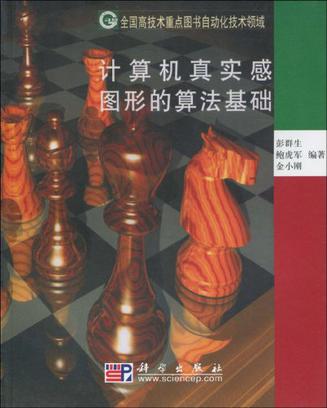
计算机真实感图形的算法基础
《计算机真实感图形的算法基础》是系统介绍计算机真实感图形基础理论与算法的一本专著。全书共分九章,包括图形学基础、光照模型原理、简单画面绘制算法、光线跟踪、纹理映射、阴影生成、光能辐射度方法、实时图形绘制技术、自然景物仿真、颜色等。《计算机真实感图形的算法基础》的特点是内容全面,取材新颖,注重算法,力求实用。除系统叙述计算机真实感图形生成的基本概念、基本算法外,作者还注意结合亲身实践体会介绍国内外的有关最新研究成果。 《计算机真实感图形的算法基础》可作为高等学校计算机、应用数学、电子工程、机械工程、航空、造船、轻工等专业高年级学生或研究生的教学用书,对广大从事CAD&CG研究、应用、开发的科技人员也有较大参考价值。 -

计算机图形学的算法基础
本书作者David F.Rogers是计算机图形领域的先驱,他的著作曾被译成多种语言。本书在全面阐述计算 机图形硬件、光栅扫描图形及绘制起初图形的基础上,着重分析了图形用户界面,图形压缩算法及Liang-Barskey、Nicholl-Lee-Nicholl、Cohen-Sutherland等传统与新型裁剪算法。本书列举了90个详细的工作实例,并且它不仅仅着眼于用伪代码描述算法,还从列表叙述描述及详细的过程描述两方面来加深读者对算法实际过程的了解。本书对学生、程序员及计算机图形专业人士来说是一部相当好的指导书籍。 -
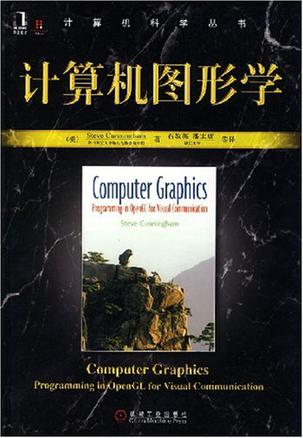
计算机图形学
《计算机图形学》与大多数传统的计算机图形学教材不同,它仅简要介绍交互式计算机图形学方面的基本知识,主要侧重于介绍计算机图形学在数学及其他科学领域的应用,解决实际问题。《计算机图形学》按照计算机图形学的传统顺序介绍视觉交流、视图变换和投影处理、建模、绘制、光照、着色处理,以及OpenGL API如何实现基本概念和技术,使学生理解并学会使用图形API实现图形操作,为观察者创造有效的图像。 -
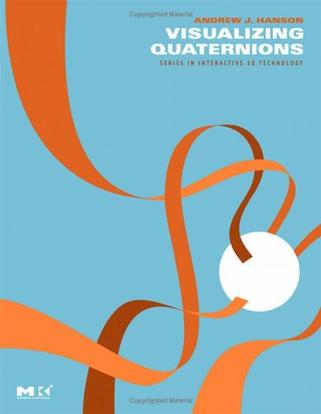
Visualizing Quaternions (The Morgan Kaufmann Series in Interactive 3D Technology)
在线阅读本书 Introduced 160 years ago as an attempt to generalize complex numbers to higher dimensions, quaternions are now recognized as one of the most important concepts in modern computer graphics. They offer a powerful way to represent rotations and compared to rotation matrices they use less memory, compose faster, and are naturally suited for efficient interpolation of rotations. Despite this, many practitioners have avoided quaternions because of the mathematics used to understand them, hoping that some day a more intuitive description will be available. The wait is over. Andrew Hanson's new book is a fresh perspective on quaternions. The first part of the book focuses on visualizing quaternions to provide the intuition necessary to use them, and includes many illustrative examples to motivate why they are important-a beautiful introduction to those wanting to explore quaternions unencumbered by their mathematical aspects. The second part covers the all-important advanced applications, including quaternion curves, surfaces, and volumes. Finally, for those wanting the full story of the mathematics behind quaternions, there is a gentle introduction to their four-dimensional nature and to Clifford Algebras, the all-encompassing framework for vectors and quaternions. * Richly illustrated introduction for the developer, scientist, engineer, or student in computer graphics, visualization, or entertainment computing. * Covers both non-mathematical and mathematical approaches to quaternions. * Companion website with an assortment of quaternion utilities and sample code, data sets for the book's illustrations, and Mathematica notebooks with essential algebraic utilities. -
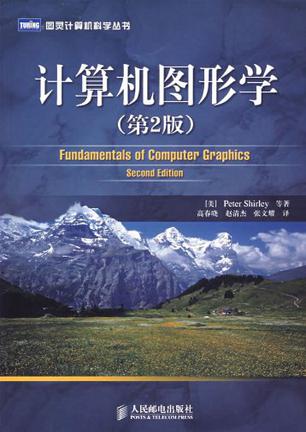
计算机图形学
本书是国外高校采用率很高的计算机图形学教材,共分为26章,全面系统地讲解了计算机图形学的基本概念和相关技术。书中先介绍图形学相关的数学知识,然后依次讲解图形学的光栅算法、三三维观察、隐藏面消除、光照、纹理、绘制等算法和理论,并介绍可视感知、计算机动画、基于图像的绘制、可视化以及构建交互式图形应用等。 本书可作为信息技术等相关专业本科生、研究生计算机图形学课程的教材,也可以作为计算机图形学工作者的参考用书。 -
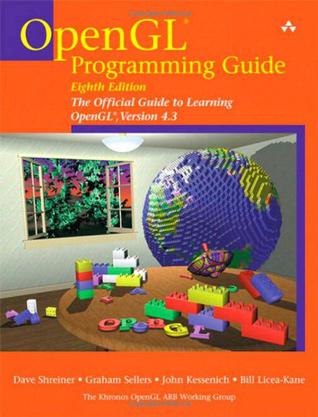
OpenGL Programming Guide
Includes Complete Coverage of the OpenGL(r) Shading Language! Today's OpenGL software interface enables programmers to produce extraordinarily high-quality computer-generated images and interactive applications using 2D and 3D objects, color images, and programmable shaders. OpenGL(r) Programming Guide: The Official Guide to Learning OpenGL(r), Version 4.3, Eighth Edition, has been almost completely rewritten and provides definitive, comprehensive information on OpenGL and the OpenGL Shading Language. This edition of the best-selling "Red Book" describes the features through OpenGL version 4.3. It also includes updated information and techniques formerly covered in OpenGL(r) Shading Language (the "Orange Book"). For the first time, this guide completely integrates shader techniques, alongside classic, functioncentric techniques. Extensive new text and code are presented, demonstrating the latest in OpenGL programming techniques. OpenGL(r) Programming Guide, Eighth Edition, provides clear explanations of OpenGL functionality and techniques, including processing geometric objects with vertex, tessellation, and geometry shaders using geometric transformations and viewing matrices; working with pixels and texture maps through fragment shaders; and advanced data techniques using framebuffer objects and compute shaders. New OpenGL features covered in this edition include * Best practices and sample code for taking full advantage of shaders and the entire shading pipeline (including geometry and tessellation shaders) * Integration of general computation into the rendering pipeline via compute shaders * Techniques for binding multiple shader programs at once during application execution * Latest GLSL features for doing advanced shading techniques * Additional new techniques for optimizing graphics program performance